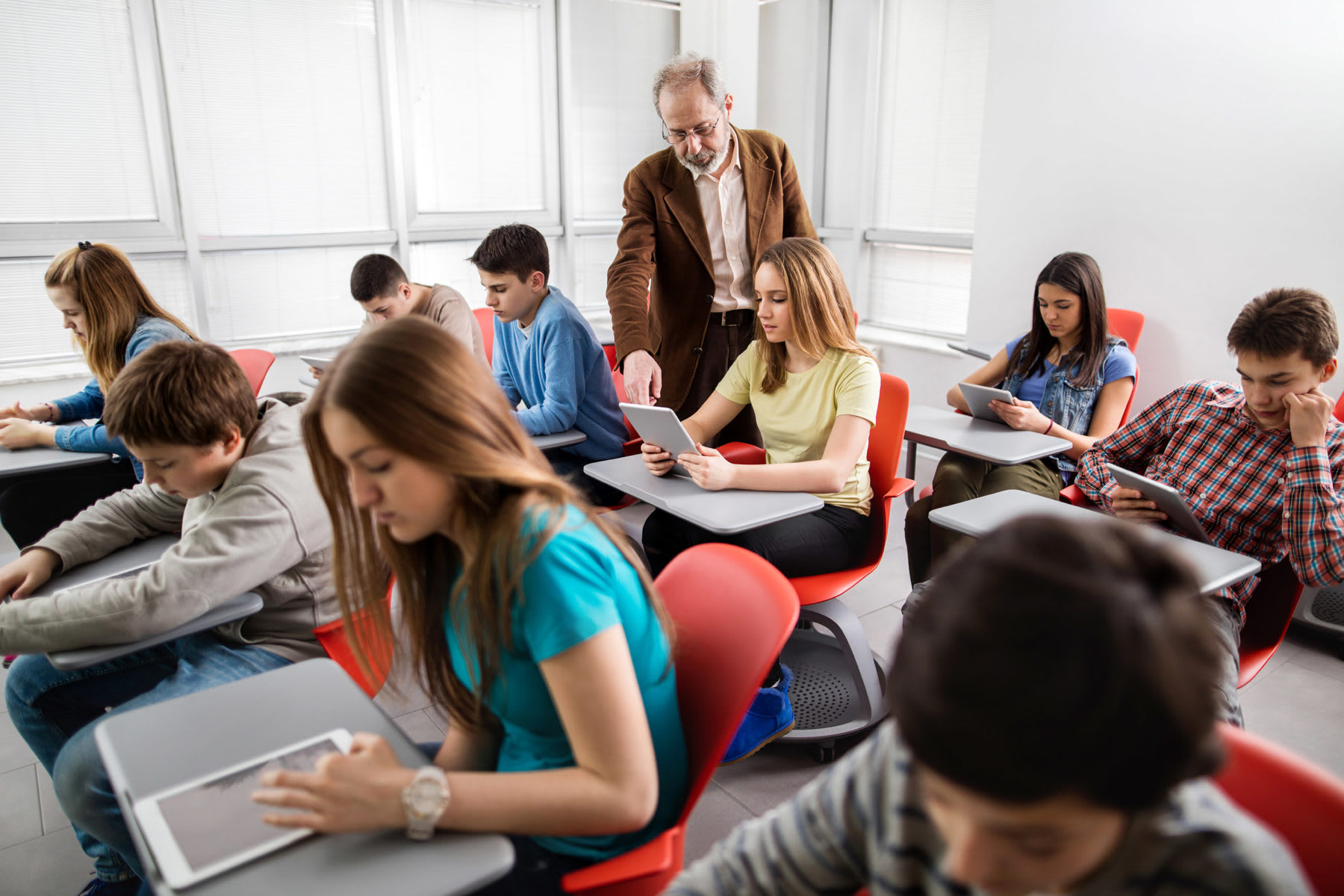Mental health awareness and social-emotional learning activities have always been a staple in schools for school counselors and psychologists, but it seems these topics are getting even more attention now due to students and teachers returning back to school in the throes of the pandemic. And for good reason: in some areas, many students have been absent from a physical school building since February or March of 2020. As a result, many educators are now tasked with teaching social emotional activities and navigating mental health awareness in their students. Not only are educators reacclimating themselves to being back in the building, but students are as well, and this presents a variety of challenges for your school community. From behavioral concerns to academic lapses, there is a lot to unpack and tackle.
Bring Social Emotional Learning Activities and Mental Health Awareness to Your School
This is where social emotional learning activities and mental health awareness can help, but it definitely takes time and effort to make sure they are considered and implemented properly. It’s important to ensure that social emotional learning is not just a buzzword at your school or organization. Putting up words like “persevere” and “wellness” in the hallway, as well as offering optional services like yoga or outdoor time, is not a cure-all for implementing social emotional learning at your school. Social emotional learning is not a “one and done,” but, rather, it’s an entire school or organizational shift that requires ongoing training, awareness, and work.
So, the question must become: how can we promote and advocate for well-being, mental health awareness, and authentic social emotional learning activities? Here are some strategies.
If you are an administrator, begin by evaluating the needs of your faculty and staff. If you are an educator, begin to think about what you need to be successful this school year.
When we are in student-facing roles it is crucial to make sure that their needs are being met, but this should not be at the expense of us as adults. Whenever I work with schools my first question always centers around the faculty and staff. After all, we are the ones who are often asked to lead the work on social-emotional learning and wellbeing in schools–are our needs being met? And, if they are not, what steps can be taken to ensure that needs are being met? Checking in during every staff meeting, grade level meeting or department meeting can go a long way. Consider asking the following questions to each other:
- How are you? This can be a bit of a loaded question, especially if the person you are asking is having a tough experience. However, checking in on fellow faculty and staff can help you understand how people are feeling and how their day is going. This can help to promote well-being. Also, be sure to ask yourself how you are as well. If you don’t feel tasked to take on the day, consider taking a day off.
- What can I do to support you? Sometimes people may not have the answer to this question, and that’s okay! Just simply leaving the door open for support can mean so much to folks at your school. And, if people take you up on that offer, it leads to collaboration.
- Is there anything that you think needs my attention? This is one of the most important questions you can ask, especially if you are a school leader. At times, there is so much going on in schools that it may seem overwhelming. However, listening to your faculty and staff can help clue you into areas that may need more attention than what was originally thought of.
I firmly believe that as adults, we cannot serve others until we know how to serve ourselves or until we have received proper support. Asking these questions helps figure out where faculty and staff are in their personal SEL journeys.
Then, take a look at the mental health and social emotional needs of your students.
Once we see what our faculty and staff need, the next focus is: what are the mental health and social emotional needs of our students within our community? It’s no surprise that this year presents some unique challenges. However, once you discover the needs of your educators, you can dive even deeper into the needs of your students–when our educators are supported, our students are supported. Here are some questions you may consider asking students:
- How do you learn best? After a year or more of learning outside of what we have taken to be normal, there is a chance here to see how your students learn best and how you can help to see how your students learn. Then, you can help to tailor instruction to those needs.
- How can I help you? This question is broad on purpose. Some students may need help with homework, while others may need help with organization in class. At any rate, it’s important to ask students how we can help them so that we can elevate their progress in class.
- Is there anything else you’d like for me to know? It’s been a tough time for so many of our students, and sometimes school can be a safe space for them. If you are open to it, consider leaving an open door for your students to come and speak to you about concerns, celebrations, and areas of growth.
Ask yourself: what have social-emotional learning activities looked like in our school community?
This is a chance for faculty, staff, and students to be honest as to how social-emotional learning has looked like in the past and present. How have you been meeting the needs of yourself, your colleagues, and your students? And, if you haven’t, what are ways to improve moving forward?
- For example, if you want social-emotional learning activities to be incorporated into daily lessons, activities, and classes, consider creating a school-wide “SEL question of the day.” This is not related to academic content, but rather things that students are interested in. Questions can include:
- If you could play any instrument, what would it be and why?
- What is your favorite food?
- What are you looking forward to this week?
The goal is that these questions are not content-oriented, but rather questions to get to know your students better. Once you open the initial gateway to relationships, you can begin to see how you can continue these relationships throughout the year.
Lastly, ask yourself: what can social-emotional learning activities look like in our school community?
Once you have identified what has been done, it’s time to look into what is possible and plan out action steps. For example, if your school seems to lack family support and input on certain items, consider creating a social-emotional learning committee or family advisory committee for additional voices. And, if students have ideas on how to implement social emotional learning activities in school, take these ideas into account and meet with students to see what can be done to drive your mission.


